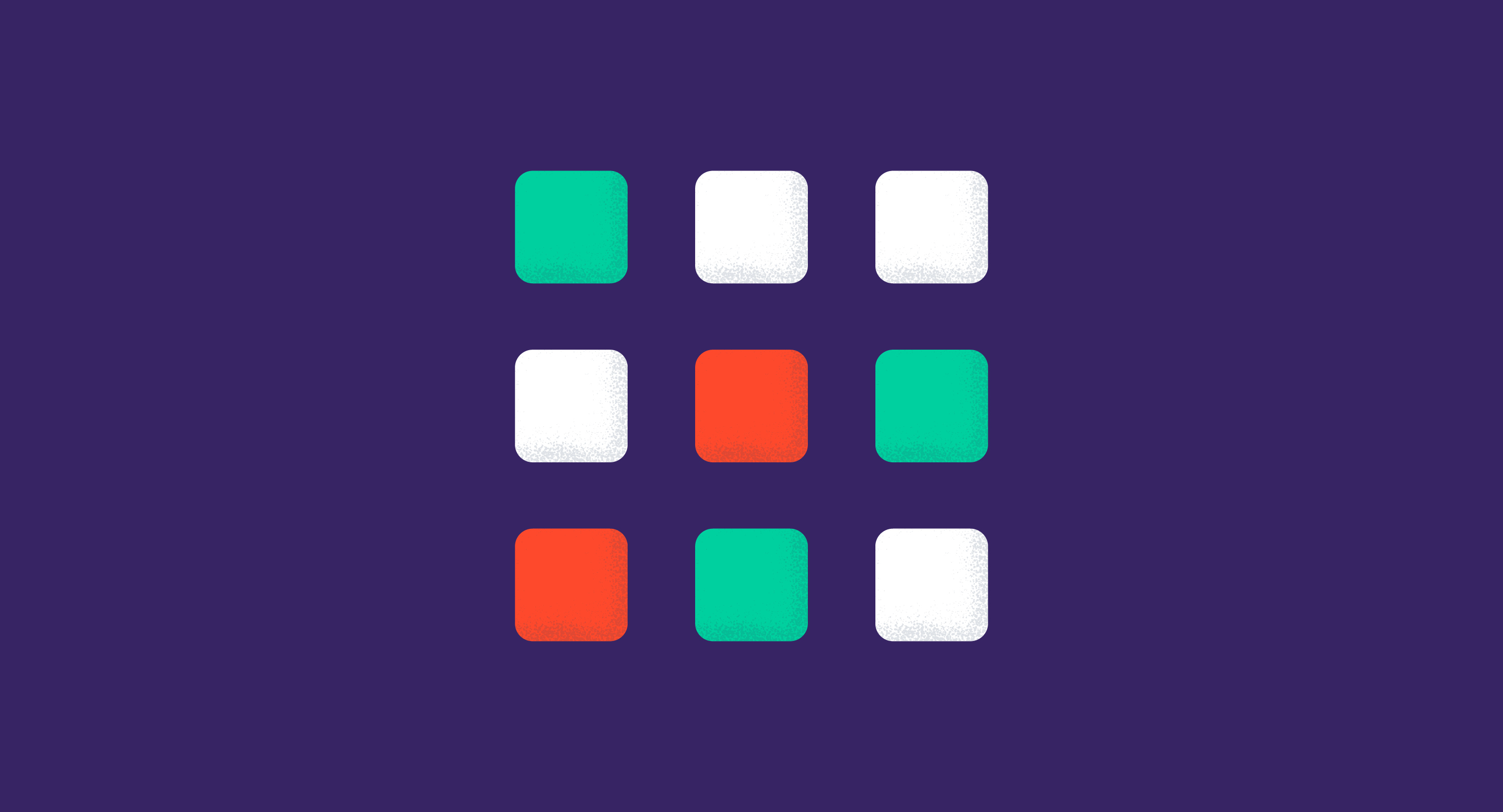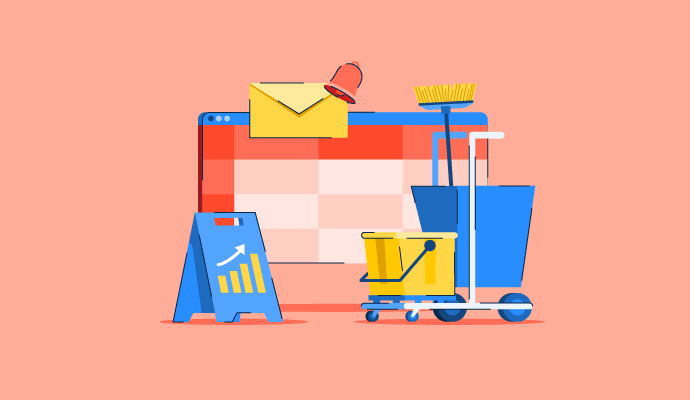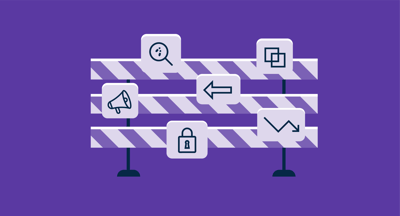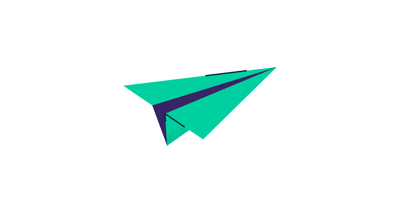February 2, 2024
 by Mara Calvello
by Mara Calvello


Use G2 Track to uncover hidden license costs and reduce the risk of SaaS sprawl effectively.
How we use software has changed over the years.
One major change is how software-as-a-service (SaaS) has evolved to become the standard application delivery in addition to enhancing both employee productivity and satisfaction.
The use of SaaS applications has a long list of benefits, like faster time to value, reduced vendor lock-in, and enhanced scalability, collaboration, and accessibility. However, it also brings the challenge of managing these tools effectively, commonly known as SaaS sprawl.
SaaS sprawl is the excessive use of SaaS applications within an organization without proper oversight or management. This phenomenon usually occurs when employees subscribe to and use cloud-based services with little to no intervention from IT departments.
SaaS sprawl becomes an issue because organizations lose track of the number and types of SaaS applications in use, leading to problems like increased costs, security and compliance risks, and inefficiencies in data management.
Organizations must implement strategies to control sprawl, which includes the use of SaaS spend management tools like G2 Track to gain complete visibility into their tech stack and shadow IT status.
Let’s understand the causes, challenges, and best practices to avoid SaaS sprawl and how a SaaS system of record like G2 Track can help.
Before companies started utilizing SaaS, there was a centralized process for the use of on-premise applications. It consisted of:
This method had various shortcomings and wasn’t effective for all employees. For instance, if the application and asset management weren't critical to their daily workflow, they were still expected to use it, which could cause a loss of productivity and morale. If they weren’t expected to use the application, it would lead to dead investment for the company after time and money were spent integrating and rolling out the application.
Thanks to companies implementing SaaS migration, a bottoms-up adoption of workplace software became more common with IT leaders and large enterprises, creating a better and more productive workflow. Despite the advantages, one key disadvantage that companies often face is application sprawl.
SaaS sprawl doesn't happen overnight. It's a result of a series of events that organizations tend to overlook.
IT departments often lack visibility into all the SaaS applications used across the organization, especially if there's no centralized management or bring-your-own-device policy. When teams purchase these tools without IT involvement, it hinders effective management.
Many organizations don't have a centralized procurement process in place, which leads to departments choosing their own tools without IT oversight. This results in duplication and data disparities making it difficult to share information and achieve holistic insights.
The constant evolution of SaaS applications and tools makes it easy to find a tool that fits almost every need. Plus, businesses feel the need to keep up with tech advancements, resulting in them trying out almost every new tool in the market. All these reasons contribute to the increasing adoption of SaaS tools in organizations.
In cases where companies aren't willing to procure cloud-based applications for employees’ daily workflows, they’ll end up using tools of their own choice and without IT approval. On the other hand, some work cultures aren't proactive about training employees on the latest tools in the market, resulting in them trying out things without authorization and creating a lack of coordination.
of organizations are concerned about data security when using SaaS applications.
Source: DemandSage
When businesses face SaaS application sprawl, three areas within the organization typically feel the weight of the challenges that it can present.
The increase in SaaS applications hasn’t changed the role of a company’s IT department, as they’re still tasked with delivering the applications to the employees who need them most while doing so in a secure and compliant manner.
However, an IT department and its CIO can be ill-equipped to handle the challenges that go hand-in-hand with SaaS adoption and various cloud applications, and they can find themselves in the dark about the applications that their own employees are using, which leads to shadow IT.
Not only does application sprawl result in little visibility into their own company’s tech stack but also how these applications are being used and who is using them. When the majority of applications are outside of IT realms of knowledge, it makes it harder to deliver the applications that end-users both want and need the most.
SaaS sprawl and shadow IT can also lead to:
When the finance department within your company lacks true visibility into its own SaaS tech stack, it means that the team will almost always fly blindly when it comes to reigning in the cost and reducing the financial impact of SaaS application sprawl.
At many companies, SaaS spend management can be difficult as spending on SaaS applications can run rampant until someone discovers a trend of inefficient spending. Such inefficiency can be:
When a company experiences application sprawl, it’s likely the finance team will find that multiple subscriptions are being paid for that do the same thing. In order to consolidate and take full advantage of reducing software waste while also increasing the user experience, they’ll need to find what isn’t being used and any duplicate subscriptions within their tech stack to start their digital transformation.
Having clear visibility into the ROI in SaaS applications provides maximum value to executive leadership and procurement teams in any organization. However, application sprawl and a lack of visibility into what applications are being used make this incredibly difficult.
Questions surrounding cost, renewal information, user adoption, application utilization, and how investments are really paying off become almost impossible. This becomes even more challenging as an organization's tech stack grows. The more SaaS applications a company uses, the less visibility these stakeholders will have into what is actually being used, making it harder to justify ROI when negotiating contracts and buying new tools.
Managing your SaaS environment is a continuous process. But by implementing best practices for controlling SaaS sprawl, you can stay on top of your software spending and ensure your investments deliver the desired value.
Thankfully, G2 Track is your one-stop-shop for solving the pitfalls that SaaS application sprawl can cause within your organization.
G2 Track utilizes single sign-on (SSO) to help companies understand where they are in regards to every application within their tech stack, from how many there are to how they’re being used. It’s not uncommon for companies to vastly underestimate how many applications their teams are using.
Having this clear picture will provide various business benefits to the IT department. As an example, if there’s an application that only half the company is using, this will be shown in the easy-to-read dashboard.
“G2 Track was able to solve SaaS sprawl management, shadow IT, and contract management, while helping the finance and technical teams speak the same language.”
G2 Track Review
In addition to crystal clear visibility into how many apps your company is using, G2 Track provides data into how employees are using these tools – and how often.
Having this data helps business departments and ROI teams to understand if they are over-contracting for a product that isn’t being used. It can also answer questions like:
One way that G2 Track provides you access to this information is through user sentiment data, which allows you to know exactly how your team feels about each software application and whether or not it’s worth keeping and spending money on.
With G2 Track, you’ll not only have a better glimpse into your portfolio but also become more efficient in how your budget is being spent.
If there’s a way that your company can consolidate your tech stack -- G2 Track will show you.
For instance, you’ll be able to see if your marketing team is using one application as their e-signature software solution while your sales team is using something totally different.
With the world’s largest category of software products at your fingertips, G2 Track can easily identify which products are overlapping in terms of features and functionality and provide your company with various opportunities to consolidate your stack, save money, and reduce application sprawl.
Departmental allocation can be especially beneficial and valuable to finance teams as they understand if there are cost centers within their company.
For example, G2 Track will allow you to identify if there is an application that is meant to be used by the entire company but, in reality, is only being used within a certain department. Some applications are tied to a specific department, while others aren’t. Having this data gives the finance team a better grasp of which teams are using which application and even who on the team is logging in the most. When you have access to this data, you can make smarter budgeting decisions.
It’s easy for your company to experience SaaS application sprawl when your tech stack grows out of your control. Eliminate the growing pains that come with a growing business and a growing stack when you work toward solving SaaS application sprawl with G2 Track.
Looking for more ways to save money on SaaS spend? Take advantage of G2 Track's free tech spend analysis. Request a demo now to get started!
Mara Calvello is a Content Marketing Manager at G2. She graduated with a Bachelor of Arts from Elmhurst College (now Elmhurst University). Mara's expertise lies within writing for HR, Design, SaaS Management, Social Media, and Technology categories. In her spare time, Mara is either at the gym, exploring the great outdoors with her rescue dog Zeke, enjoying Italian food, or right in the middle of a Harry Potter binge.

Use G2 Track to uncover hidden license costs and reduce the risk of SaaS sprawl effectively.
When it comes to your SaaS tech stack, there’s a lot to keep track of.
 by Mara Calvello
by Mara Calvello
From Microsoft Excel to Google Sheets, you might consider yourself an expert in navigating...
 by Mara Calvello
by Mara Calvello
Change can be a good thing.
 by Mara Calvello
by Mara Calvello
When it comes to your SaaS tech stack, there’s a lot to keep track of.
 by Mara Calvello
by Mara Calvello
From Microsoft Excel to Google Sheets, you might consider yourself an expert in navigating...
 by Mara Calvello
by Mara Calvello


